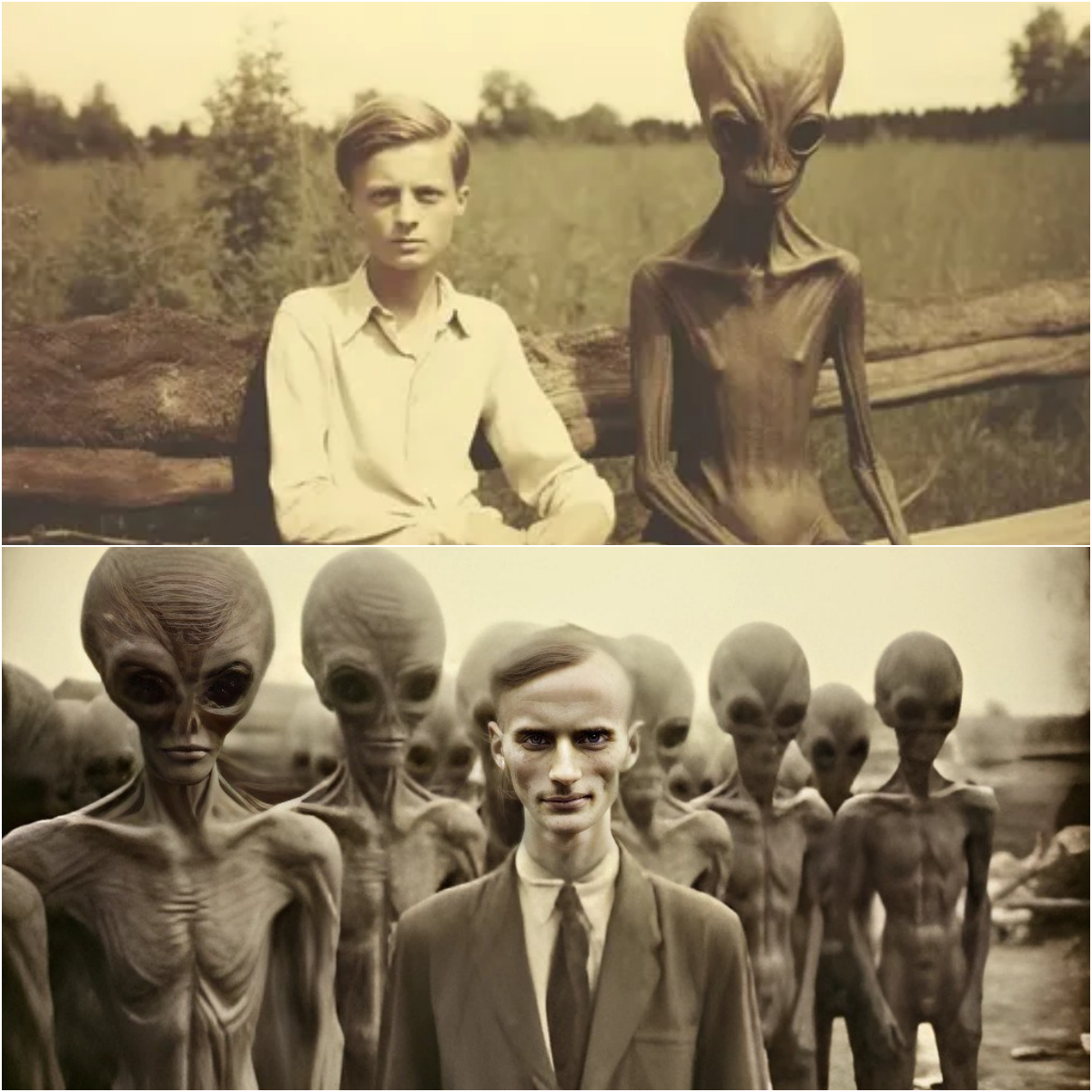Despite its name, there is no link between this prehistoric monument and the legendary King Arthur. It is probably anywhere between three and four thousand years old. It is a typical henge comprising a circular platform surrounded by a ditch and earthen bank, most of which can be seen today except the north part of the henge, which was destroyed when the road was constructed. It originally had two entrances, one of which is still visible. There is also evidence of stones, but they are now gone. Its function is not known for certain but archaeologist R. G. Collingwood claimed he found evidence of cremations near the centre of the site in the 1930s.
Exploring the Enigma of Eamont Bridge
Nestled in the serene village of Eamont Bridge, near Penrith in Cumbria, England, lies a site shrouded in mystery and myth—the so-called King Arthur's Round Table. Despite its evocative name, this prehistoric monument bears no direct connection to the legendary King Arthur. Instead, it stands as a testament to the ancient past, with origins dating back three to four thousand years. This circular platform, surrounded by a ditch and earthen bank, beckons us to delve into its history, uncovering its secrets and speculating on its purpose.

Unraveling the Ancient Enigma
Origins and Structure: The King Arthur's Round Table of Eamont Bridge is a typical henge, characterized by its circular layout encompassed by a ditch and earthen bank. While much of the structure remains intact today, the north part of the henge was lost during the construction of a nearby road. Originally featuring two entrances, one of which remains visible, the site also once boasted stones, though they have long since vanished. Images of the site offer glimpses into its ancient allure, inviting us to ponder the significance of its design and construction.
Function and Speculation: Despite extensive study, the exact function of the Round Table remains a matter of conjecture. Archaeologist R. G. Collingwood unearthed evidence of cremations near the center of the site in the 1930s, suggesting a funerary or ceremonial purpose. However, the true nature of the site's activities eludes conclusive determination. Speculation abounds regarding its significance, ranging from religious rituals to communal gatherings or even astronomical observations. Yet, each theory merely adds another layer to the enigma, leaving us to marvel at the mysteries of the ancient world.
Lost Legends and Modern Interpretations: The misnomer linking the Round Table to King Arthur reflects the enduring power of myth and legend to capture our imagination. While there is no historical basis for such a connection, the association persists, drawing visitors eager to explore the realms of fantasy and reality. In recent years, efforts to reinterpret the site have focused on its archaeological significance, emphasizing its role as a window into prehistoric societies and their cultural practices. Through this lens, the Round Table emerges not as a relic of medieval chivalry, but as a testament to the enduring legacy of ancient civilizations.
Preservation and Legacy: As we contemplate the mysteries of the Round Table, we are reminded of the importance of preserving our ancient heritage for future generations. The site's historical and cultural significance transcends its namesake, offering valuable insights into the lives and beliefs of our distant ancestors. Images of the Round Table serve as visual reminders of the need to protect and conserve our archaeological treasures, ensuring that they remain accessible for study and appreciation. By safeguarding sites like Eamont Bridge, we honor the legacies of those who came before us and enrich our understanding of the human story.
Reflecting on the Mysteries of the Past
The King Arthur's Round Table of Eamont Bridge stands as a captivating symbol of the ancient past, inviting us to unravel its mysteries and contemplate the legacy of our ancestors. Despite its misleading name, the site holds immense archaeological and historical significance, offering tantalizing glimpses into prehistoric life and culture. As we ponder its origins and purpose, we are reminded of the enduring allure of the unknown and the inexhaustible mysteries of the human experience. In the end, the Round Table serves not only as a testament to the past but as a beacon guiding us towards a deeper understanding of our shared heritage.
Ancient Discoveries: Insights from the Past
The discovery of the Round Table at Eamont Bridge is just one example of the countless ancient treasures waiting to be unearthed around the world. From majestic ruins to humble artifacts, each discovery offers valuable insights into the lives and societies of our ancestors. As we explore these archaeological wonders, we gain a deeper appreciation for the richness and diversity of human history. Whether through meticulous excavation or serendipitous discovery, each find contributes to our collective understanding of the past and inspires us to continue exploring the mysteries of ancient civilizations. As we embark on this journey of discovery, let us tread carefully, preserving and honoring the legacies of those who came before us.










